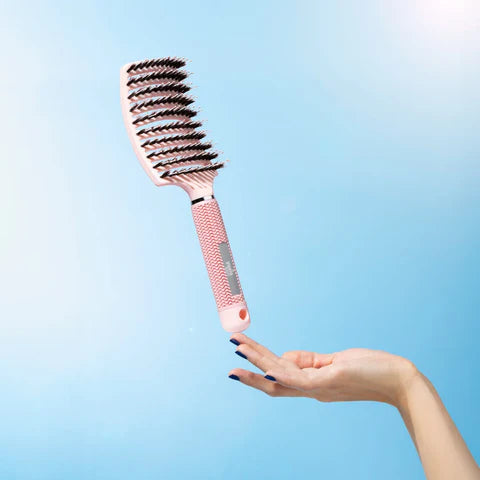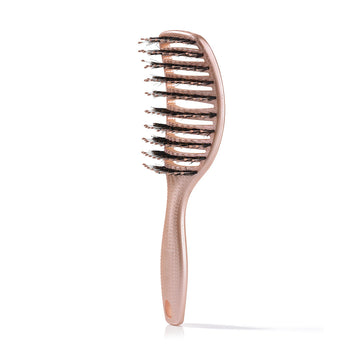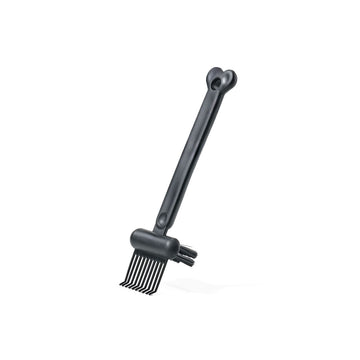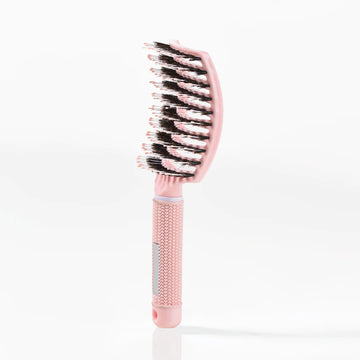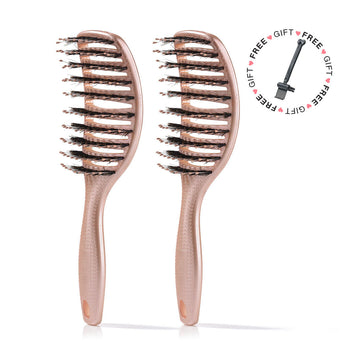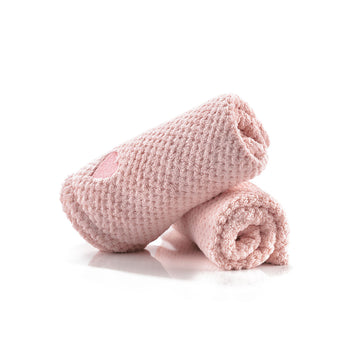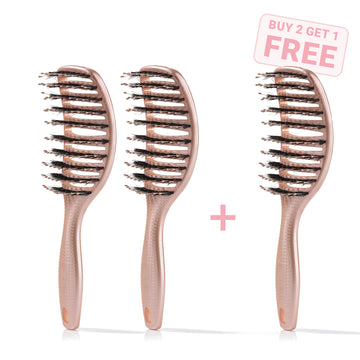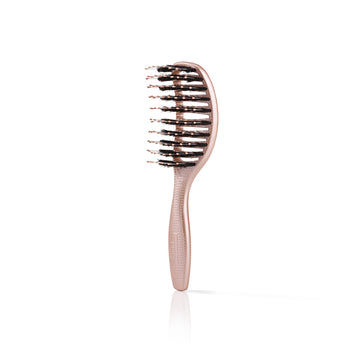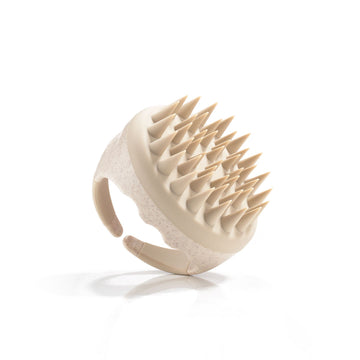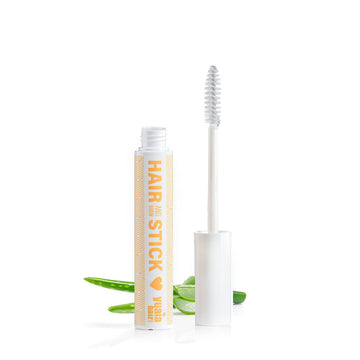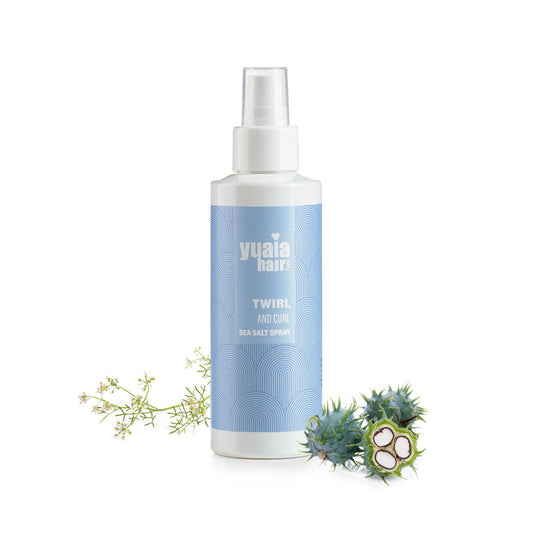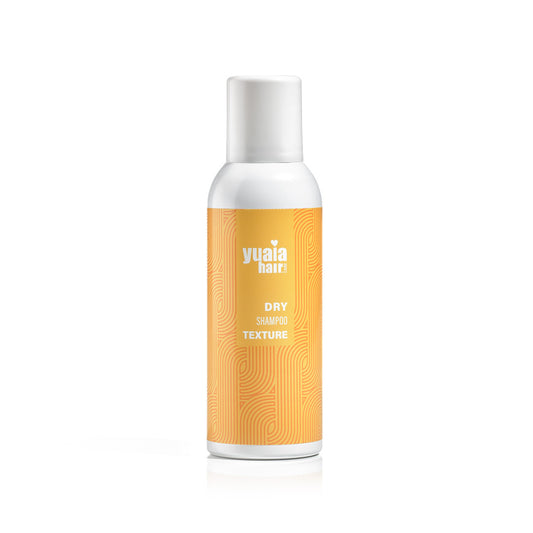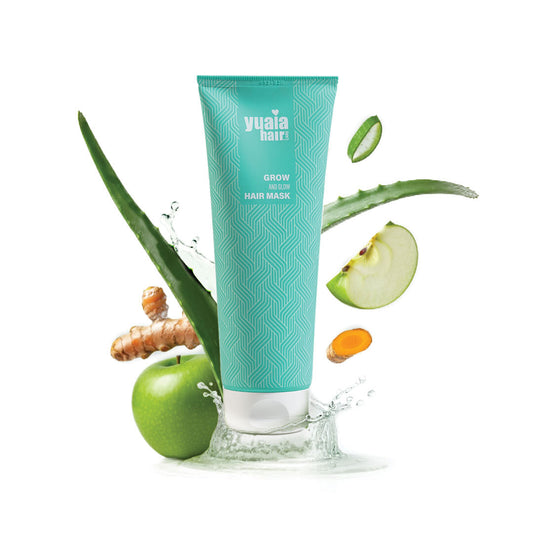
Styling tips for a growing pixie
Styling plays an important role in making the transition smoother and can greatly affect how comfortable and confident you feel during each phase of growing out a pixie cut. Even though the length may be limited, the possibilities for creative styling are plentiful. Here are several detailed techniques to consider for enhancing and managing your growing hairstyle:
Embrace waves
Waves are an incredibly versatile and flattering styling choice during the growing-out phase. Soft, tousled waves introduce texture and dimension, helping to conceal uneven layers and awkward lengths. Use a one-inch curling iron or flat iron to curl sections of the hair in alternating directions to avoid uniformity, then gently comb through with your fingers for a natural finish. Apply a light hairspray to hold the waves throughout the day and always prep with a good heat protectant to minimize damage. For extra fullness, consider using a volumizing mousse on damp hair before blow-drying.waves
Use accessories
Accessories can be both practical and fashion-forward solutions during transition stages. Headbands can keep growing bangs out of your face while adding a polished touch. Decorative clips and pins can help hold back uneven layers, creating a deliberate, styled look even on bad hair days. Silk scarves tied around the crown or worn as a turban can introduce color and personality while protecting the hair from friction. Rotating different accessories not only refreshes the style but also reduces stress on the hair from repeated handling.
Experiment with partings and texture
Small adjustments in your parting and hair texture can make a big difference when growing out a pixie cut. A deep side part adds volume and creates asymmetry that draws attention away from uneven lengths. A middle part gives a more balanced and modern impression. Texturizing sprays or sea salt sprays can add body and hold, especially in fine or limp hair, making it easier to shape and control. Alternatively, a light styling cream can be worked into the ends to highlight layers and create a smooth yet relaxed finish.fine or limp hair
Combine and layer products
Combining products suited to your hair type can elevate any style. For example, pairing a root-lifting spray with a smoothing serum gives volume without frizz. Keep in mind that dry shampoo not only absorbs oil but also acts as a styling tool to add texture and shape, particularly at the crown. These thoughtful combinations help maintain manageability as the hair grows longer and its structure changes.
Haircuts to ease the transition
Strategic haircuts can make the grow-out period more manageable and visually appealing, especially when you're between lengths and need shape and structure to maintain style. These cuts not only help disguise uneven growth but also offer opportunities to experiment with different silhouettes and textures. When you're growing out a pixie cut, choosing the right transitional haircut can make all the difference in maintaining both style and motivation.
The "Bixie" cut
A hybrid of a bob and pixie, the bixie provides more length and versatility while maintaining ease of styling. This cut works particularly well for those who still enjoy the low-maintenance feel of a pixie but want to transition into longer styles. With longer layers at the crown and soft edges around the face, the bixie offers volume and movement, making it an ideal intermediary cut. It can also be styled with waves or tucked behind the ears for different effects.
The "Boy Bob"
This slightly longer cut offers face-framing structure and can be a natural next step from a pixie, providing more balance and shape. The boy bob adds softness around the jawline and allows for a variety of styling options—from sleek and polished to tousled and textured. It’s long enough to be pinned back or curled, but short enough to maintain its easy upkeep. This makes it a popular choice for those looking to stretch out their cuts without compromising on style.
Layered crops and shag-inspired cuts
As another alternative, ask your stylist for soft layering or a micro shag variation. These cuts play with texture and fringe to create dimension and flow, especially helpful when lengths grow unevenly. Curtain bangs or side-swept bangs can further assist in framing the face while diverting attention from transitional lengths elsewhere.
Graduated or angled bobs
For those further along in the grow-out process, an angled bob introduces length in the front while keeping the back tidy and structured. This style helps elongate the profile and offers a contemporary shape that supports longer-term growth goals.
Hair care and maintenance
Maintaining the health of your hair during the transition is essential—not only to support growth but also to ensure your hair looks its best through every stage of the journey. A holistic approach that combines regular maintenance, thoughtful product choices, and lifestyle adjustments can make a noticeable difference in the condition and manageability of your growing pixie.
Regular Trims: Though it might seem counterintuitive, trimming split ends regularly helps prevent breakage and supports even growth. A trim every 6–8 weeks keeps your ends fresh, maintains shape, and prevents damage from spreading further up the hair shaft. Discuss with your stylist the best strategy to preserve length while cleaning up unruly edges, especially around the neckline and sideburns where growth can appear less uniform.
Nourishing Treatments: Incorporate deep conditioning masks or leave-in treatments to keep hair moisturized and resilient. Products rich in keratin, argan oil, or shea butter can restore elasticity and shine, especially if heat tools are frequently used for styling. For an extra boost, consider weekly scalp treatments to stimulate circulation and create an optimal environment for hair growth. A healthy scalp is foundational for healthy hair.
Balanced Diet: A diet rich in vitamins, proteins, and healthy fats contributes to overall hair health. Foods like eggs, avocados, leafy greens, salmon, and nuts offer key nutrients such as biotin, omega-3 fatty acids, iron, and zinc—all vital for strong, shiny hair. Staying hydrated and minimizing processed foods can also support hair vitality from the inside out.
Supplements and Hydration: If your diet lacks certain nutrients, consider incorporating hair-specific supplements like biotin or collagen (after consulting a healthcare provider). Drinking plenty of water each day not only benefits your skin and energy levels but also keeps hair hydrated from within, reducing dryness and brittleness.hair-specific supplements
Caring Habits: Minimize heat styling when possible, and always use a thermal protectant if you do. Avoid aggressive brushing or towel drying, both of which can cause breakage. Instead, opt for microfiber towels and wide-toothed combs to gently manage tangles. Sleeping on a silk pillowcase can also reduce friction, preserving the health of your strands overnight.
By adopting these healthy habits and nurturing your hair and scalp throughout the process, you’re not only supporting growth but ensuring that the new length that emerges is strong, soft, and beautiful.
Growing out your pixie with confidence
Growing out a pixie cut requires time, commitment, and a touch of creativity. By understanding the growth timeline, embracing transitional styling, and prioritizing hair health, it's possible to navigate this journey with confidence. Each stage offers a new look and a chance to experiment, turning what may seem like a frustrating process into a rewarding transformation.
Frequently Asked Questions
How can I avoid the awkward phase when growing out a pixie cut?
While the awkward phase is a common part of growing out a pixie cut, you can minimize its impact by scheduling regular trims to maintain shape, using accessories to manage uneven layers, and experimenting with different partings and textures to create a more intentional look.
What are the best products to use during the grow-out process?
Opt for nourishing treatments like deep conditioners, leave-in masks, and scalp treatments to support healthy growth. Styling products such as volumizing mousse, texturizing sprays, and dry shampoo can help manage new lengths and add body or hold as needed.
How often should I trim my hair while growing out a pixie cut?
It's recommended to trim your hair every 6–8 weeks. This helps prevent split ends, keeps your style looking intentional, and supports even growth, especially around the neckline and sideburns.
Are there specific hairstyles that work well during the transition?
Yes, transitional cuts like the bixie, boy bob, and layered crops can help maintain shape and style as your hair grows. Accessories, waves, and creative partings also offer versatile styling options during this period.
What can I do to speed up hair growth after a pixie cut?
While you can't drastically speed up natural hair growth, you can support it by maintaining a balanced diet rich in vitamins and proteins, staying hydrated, using scalp treatments, and minimizing heat and chemical damage.
 2-4 day UK delivery
2-4 day UK delivery
 25.000+ satisfied customers
25.000+ satisfied customers
 Satisfaction Guarantee
Satisfaction Guarantee





